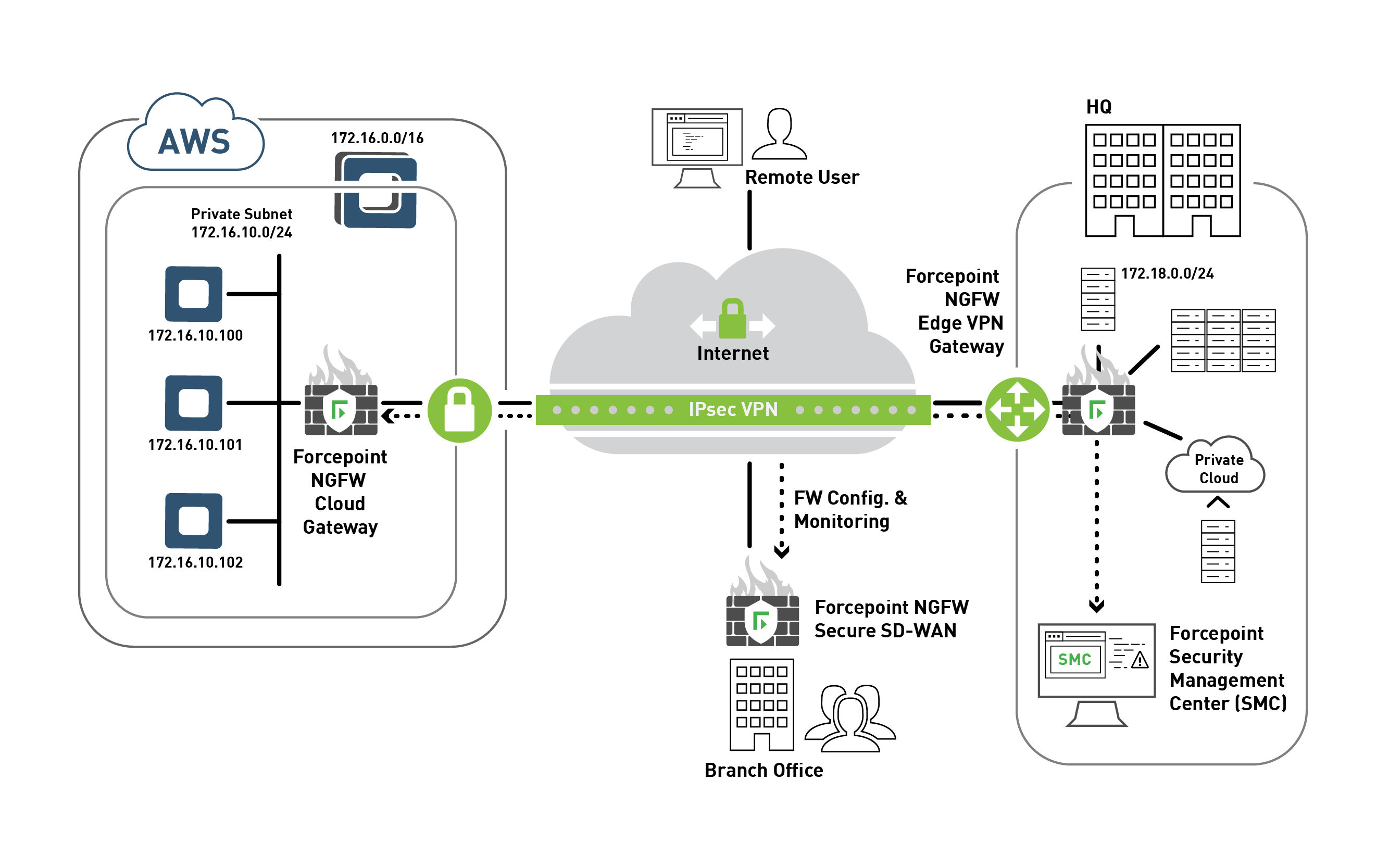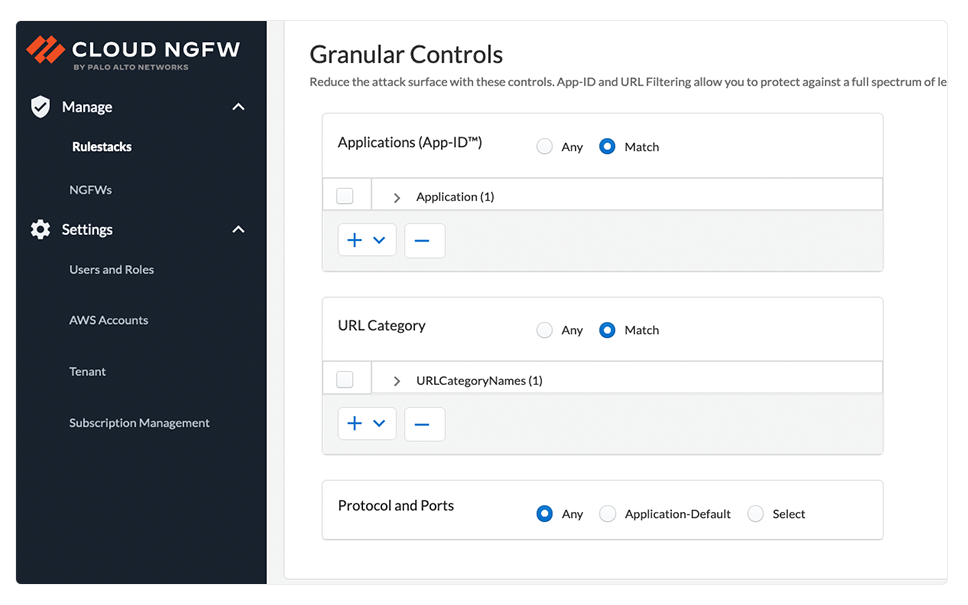

Next gen firewalls are better able to detect and prevent these sorts of attacks than traditional firewalls because next gen firewalls are stateful. Distributed DoS (DDoS) attacks use multiple computers to generate the flood of illegitimate requests. Distributed denial of service protection - Denial of service (DoS) attacks are malicious attempts to shut down a service by intentionally flooding the service with illegitimate requests, rendering the service unable to respond to legitimate requests from users.These capabilities are referred to as intrusion detection services (IDS) and intrusion prevention services (IPS). Nextgen firewalls can monitor for potentially malicious activity based on specific behavior signatures or anomalies and then block suspicious traffic from the network. Intrusion detection and intrusion prevention - Inspecting traffic at higher order TCIP/IP layers enhances next gen firewalls’ ability to detect and prevent cyberattacks.This provides next generation firewalls with application awareness, e.g., context about which application traffic is transiting to and from, and baselines of expected user and application behavior against which to compare transit patterns.

Next gen firewalls can inspect traffic at higher order TCIP/IP communication layers, including the application layer. Deep packet inspection - Network firewalls examine data within the four TCP/IP communication layers (from highest to lowest): application, transport, IP/network, and hardware/data link.Here are some common next generation firewall features: Next generation firewalls have more sophisticated features than a traditional, or legacy, network firewall. What are next generation firewall features? HPE FlexFabric and FlexNetwork Switches.


 0 kommentar(er)
0 kommentar(er)
